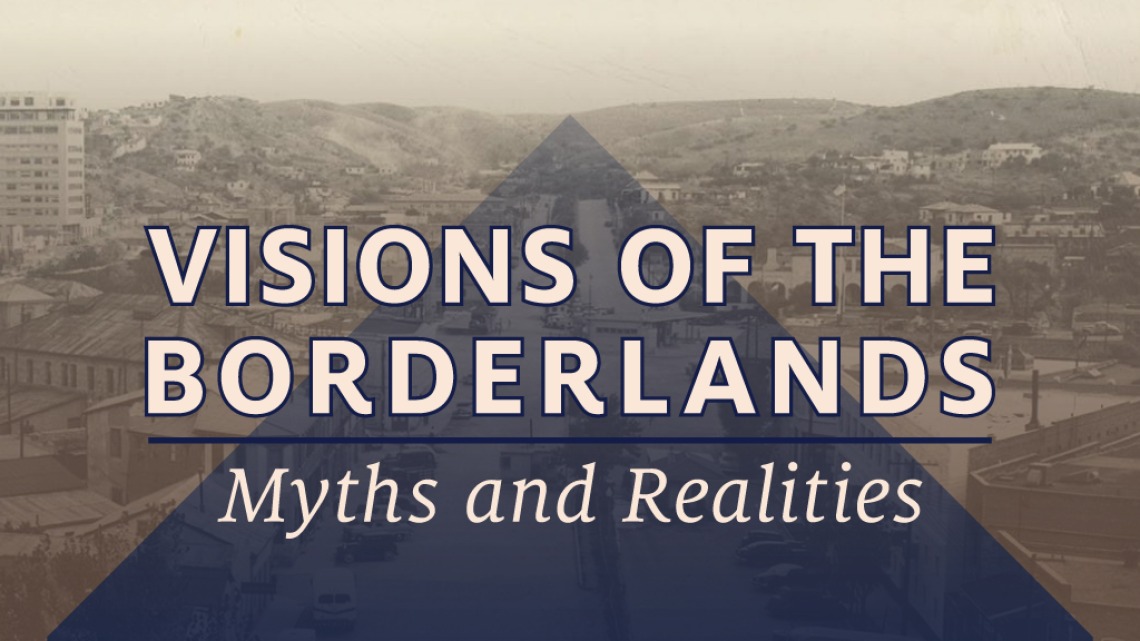Myths and Realities

When
Where
Since the 1800’s, American popular culture has been filled with romanticized depictions about the West and the US Mexican border. These stereotypes became conventions in Western novels which typically include plots that portray conflicts between “law abiding” Americans and “blood thirsty” Indians who are typically regarded “savages” and treated as “other”. The Mexican border is typically portrayed as “lawless,” and Mexicans are usually described as dirty “bandidos”. Only American law and justice can bring peace in these works. Hollywood has also perpetuated these myths as evidenced in the abundance of Western films produced throughout the 20th Century the majority of which include stereotyped portrayals of Indians and Mexicans.
Tourism was an important enterprise in the first half of the twentieth century Southwest which also perpetuated a number of myths about the West and the border. In order to attract visitors to places like Tucson, groups such as the Tucson Sunshine Climate Club created promotional materials showing lots of open space, people enjoying the sunshine by a cool, clean swimming pool, and lots of fun “cowboy” like activities, such as horseback riding and cattle drives. Dude ranches, where “real” cowboys worked, were also in abundance and owners and promoters of these businesses, typically portrayed the region as having a mild, sunny climate, with lots of opportunities to engage in a variety of outdoor activities.
Visions of the Borderlands: Myths and Realities is an exhibition inspired by two works published by the University of Arizona Press, Celluloid Pueblo by Jennifer L. Jenkins and Postcards from the Sonora Border by Daniel D. Arreola. There is a reality and a myth of the U.S.–Mexico borderlands, propagated through multiple lenses. Featuring material depicting both reality and myth through photography, posters, pamphlets, and written documentation, this exhibit centers on important areas of enterprise for the Southwest such as photography and film; copper mining; tourism; and cattle ranching. It also expresses issues of discord such as the Mexican Revolution, mining strikes, and immigrant exclusionary legislation of the time.
